Apple just did something surprising: they quietly launched the iPhone 16E. Forget the small, old-school SE we know—this is a new play. It‘s an attempt to capture that sweet spot where premium iPhone performance meets a price tag that doesn‘t trigger a budget panic attack. Starting at $599, this 5G phone is diving head-first into a shark tank of deadly mid-range Androids.
The real question for you, the person actually spending the money, is this: Did Apple finally figure out the “affordable” iPhone, or are we just buying into the brand at the cost of modern features?
A New Direction: It’s Not a ‘Special Edition,’ It’s a Strategy
The iPhone 16E is a significant shift. The old SE was simple: take an old body, stuff it with a new chip, and call it a day. The 16E is different. It’s physically modern, borrowing the slick, flat-edged aluminum frame and matte glass back from the iPhone 14 era. It comes with a 6.1-inch OLED screen—the biggest Apple has ever put on a phone at this price point.
This isn’t a retro play; it’s a direct challenge to phones like the Google Pixel 8A and the Samsung Galaxy S24 FE. Apple is clearly targeting people who want to stay in the iOS ecosystem, access all the cool new Apple Intelligence features, and get the peace of mind of a future-proof processor (the A18 chip) without paying flagship money. It’s a calculated, strategic move, not just a “special edition.”
The Compromises You’ll Feel Every Day
Let’s be honest: at $599, there are trade-offs. And two of them are things you’ll interact with literally every time you pick up the phone.
- The 60Hz Screen: This is the biggest disadvantage by the year of 2025, a $599 phone should have a slick 90Hz or 120Hz display. The 60Hz refresh rate on the 16E makes scrolling through social media or switching between programs seem and feel somewhat choppier than those of its competitors. You might not see much improvement if you are updating from an older iPhone. Once you use a 120Hz phone like the Pixel 8A, however, going back to 60Hz is a noticeable downgrade.
- The Notch is Back: While the rest of the iPhone 16 line boasts the functional Dynamic Island, the 16E returns to the earlier, bigger notch. It simply feels a little antiquated and uses a lot more screen space.
On the positive side, you get the much-requested Action Button (say goodbye to the mute switch!) and the universal USB-C port. These are real quality-of-life upgrades.
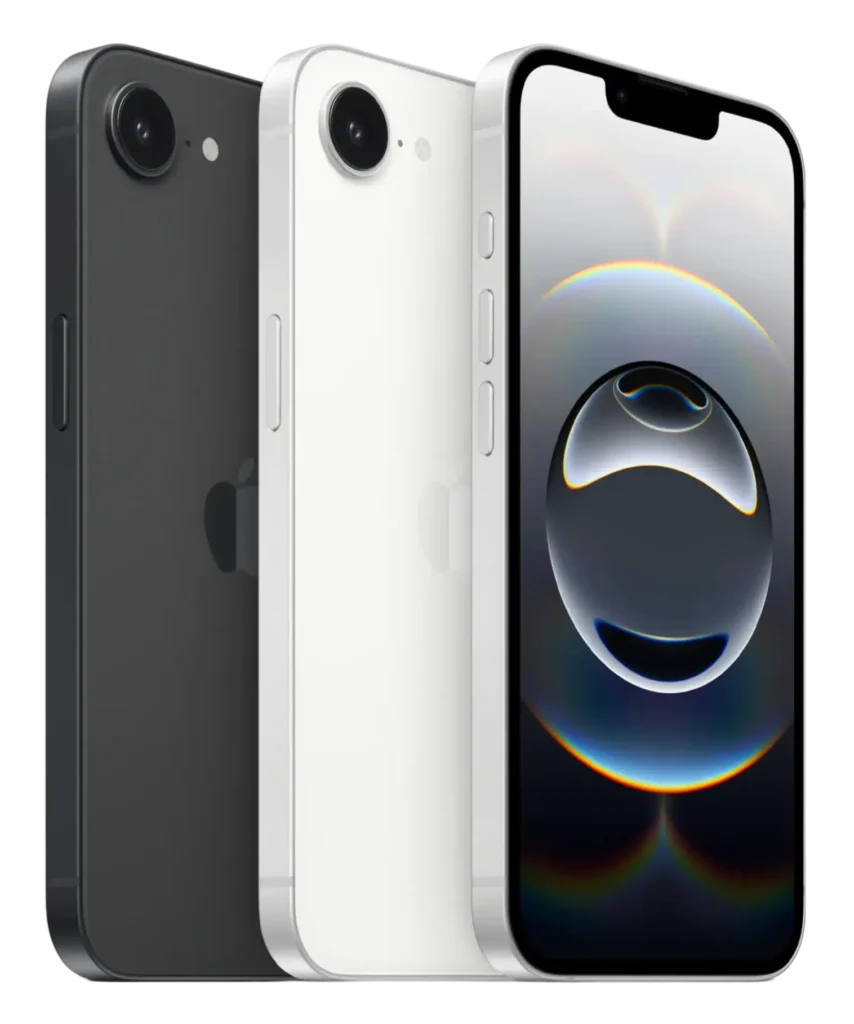
The Hidden Wins: Performance and Battery Life
This is where the 16E really earns its stripes and separates itself from the Android competition in the same price bracket.
1. The A18 Chipset: Unrivaled Power
No Android phone in this price range can touch the raw power of the A18 Bionic chip. This is the same generation of silicon found in the flagship iPhone 16, which means:
- Future-Proofing: This phone will be running the latest iOS updates—and the most demanding games—smoothly for years to come.
- Apple Intelligence: All of Apple’s new AI features, which require this advanced chip, are fully supported. This is a huge, long-term value proposition for the ecosystem user.
2. The Battery is a Beast (Thanks, C1 Modem)
Apple’s official projections are one thing; actual testing is what counts. The 16E is looking to be a battery winner. The A18’s efficiency and Apple’s new, in-house C1 5G modem combine to create a great distinction, according to reviewers.
Real-World Endurance: Some user finds that the 16E clearly lasts the customary iPhone 16 and defeats its closest Android competitor, the Pixel 8A, by more than an hour.
Verdict: If you top priority is battery life which give all-plus day then this is a fantastic phone.
Camera: A Single Lens That Works Hard
The 16E gives you a versatile 48MP main sensor. In good daylight, the photos are classic iPhone: sharp, well-exposed, and color-accurate. Apple’s excellent computational photography (Photonic Engine, Smart HDR 5) works magic here.
The clever part is the 12MP 2x Telephoto mode enabled by sensor cropping. It’s not a true optical zoom, but it gives you a second, more flattering perspective for portraits without a noticeable drop in quality.
The Catch: There’s no ultra-wide lens. This is the main camera compromise. If you love taking sweeping landscape shots or trying to fit an entire group of people into a tight space, you’ll feel this limitation. Also, low-light performance is good, but it won’t rival the $800+ flagships.
Who Should Actually Buy the iPhone 16E?
This phone is built for a specific, pragmatic buyer. If you’re torn on whether the compromises are worth the price, check the table below.
| BUY IT IF YOU… | SKIP IT IF YOU… |
| Prioritize performance and battery life above all else. The A18 and C1 modem combo is a powerhouse. | Value a super-smooth display. The 60Hz panel will feel slow compared to a 120Hz rival (like the Pixel 8A). |
| Are upgrading from an older iPhone (SE, 11, 12) and want a huge, modern upgrade without the Pro price tag. | Must have an ultra-wide lens. The single camera system is fantastic, but limited in scope. |
| Want the full Apple Intelligence experience at the lowest possible entry price. | Religiously use MagSafe accessories for fast wireless charging, as it’s not supported. |
| Are a heavy user who needs a phone that won’t die halfway through the day. | Prioritize the absolute best camera performance in very low light. |
The iPhone 16E is a strong contender. It’s a compromise, yes, but one that sacrifices things most people can live without (MagSafe, 120Hz display) for two things that matter most: blazing speed and phenomenal battery life. For $599, that’s a genuinely valued proposition.
Comparisons: How Does the 16E Stack Up?
The iPhone 16E enters a competitive arena. At $599, it’s vying for attention against some strong contenders, including Google’s Pixel lineup. Let’s see how it measures up:
- Google Pixel 9: The Pixel 9, while newer, is priced higher at $649 (on sale, normally $799). It features a 120Hz display for even smoother visuals, a slightly larger battery, and an upgraded camera system with a 48MP ultrawide lens. The Pixel 9 also boasts 12GB of RAM compared to the 16E’s 8GB. While the Pixel 9 offers a more premium experience overall, the iPhone 16E’s lower price point makes it a very attractive option for those on a tighter budget. If you’re willing to spend a bit more, the Pixel 9 offers some notable upgrades.
- iPhone SE (2022): The previous SE was all about affordability. While the 16E is more expensive, it offers a much larger display, a more modern design, significantly improved performance thanks to the A18 chip, and access to Apple Intelligence. If you’re upgrading from an older SE, the 16E is a substantial leap forward.
Overall, the iPhone 16E is a strong contender in the premium-midrange market. Its powerful performance and excellent battery life make it a compelling choice for those who prioritize these features. However, the 60Hz display and lack of MagSafe are worth considering. If you’re looking for the best possible camera or a super-smooth display, you might want to consider the Pixel 9. But if you value performance and battery life above all else, the 16E is a great option.
Ready to learn more about the iPhone 16E? Check out our in-depth review where we delve into all its features and performance. Find the best deals at Flipkart or Amazon. What are your thoughts on the iPhone 16E? Let us know in the comments below!


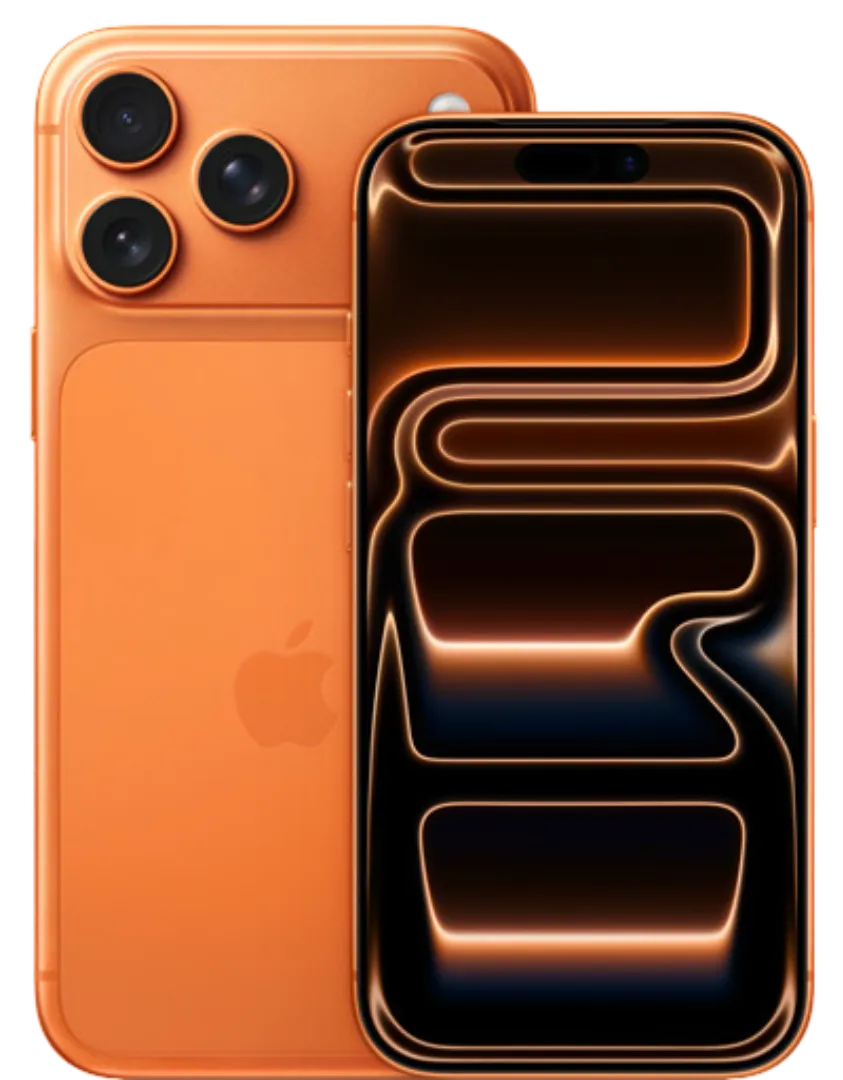
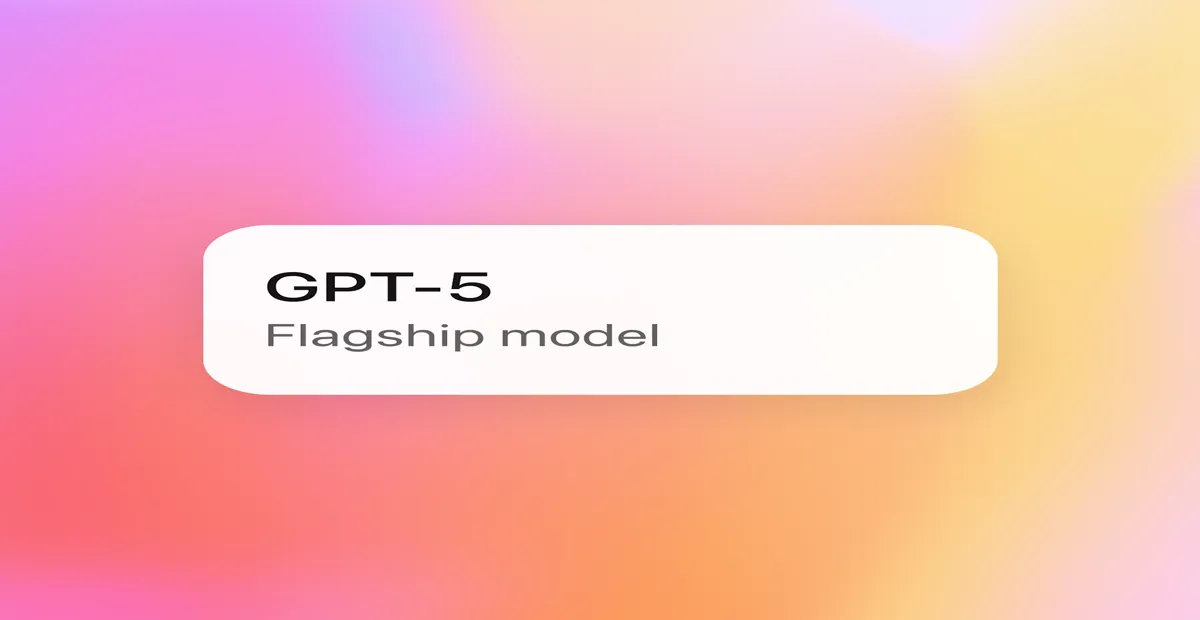
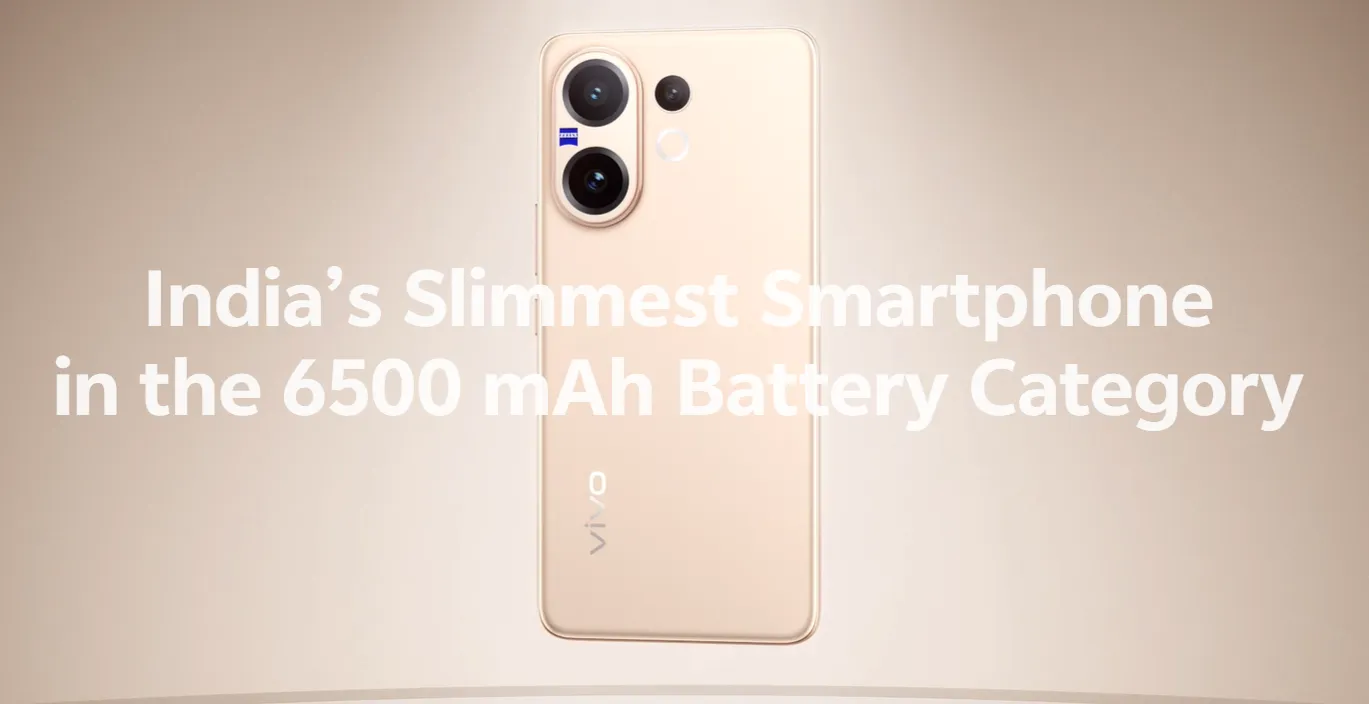
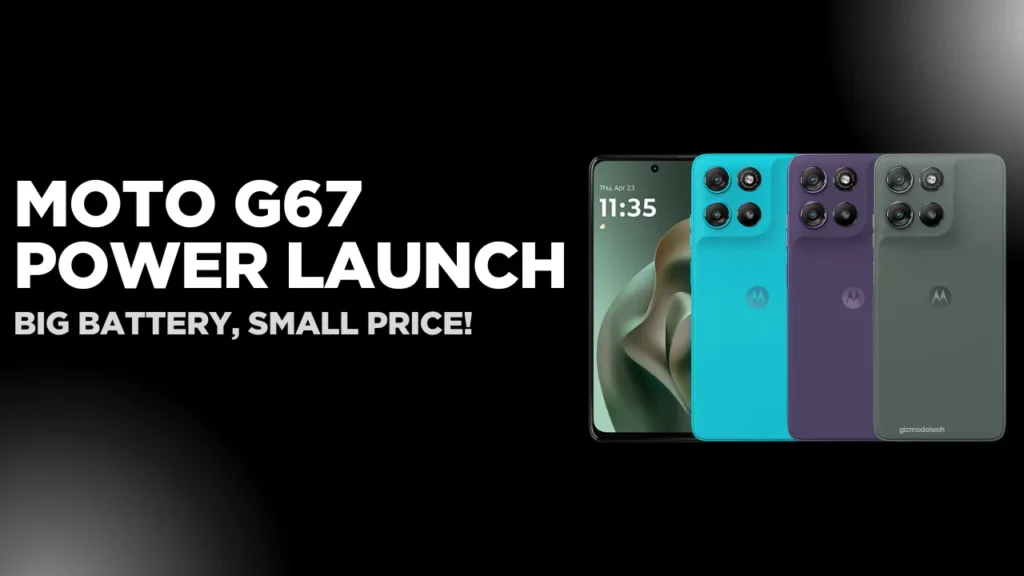

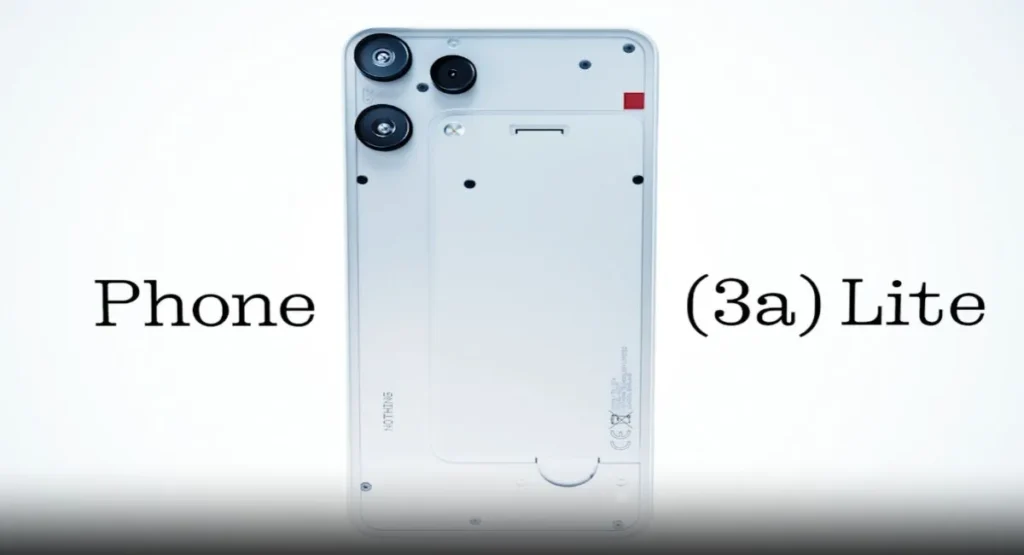
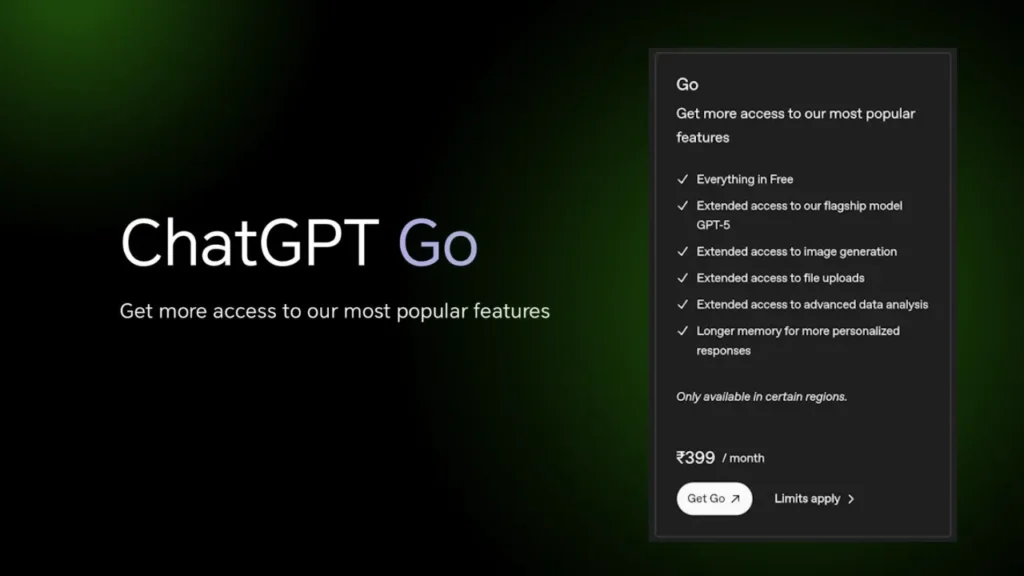


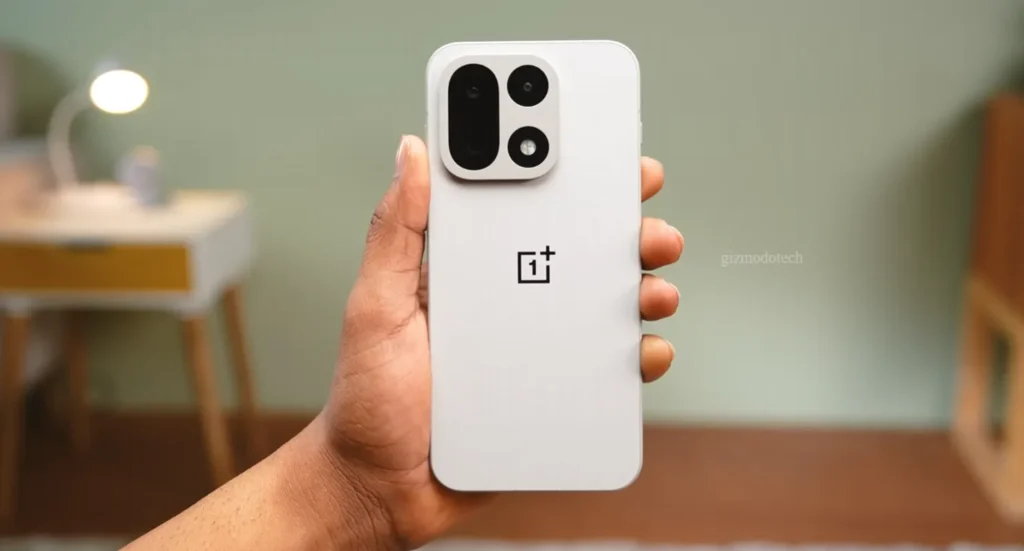




Leave a Comment